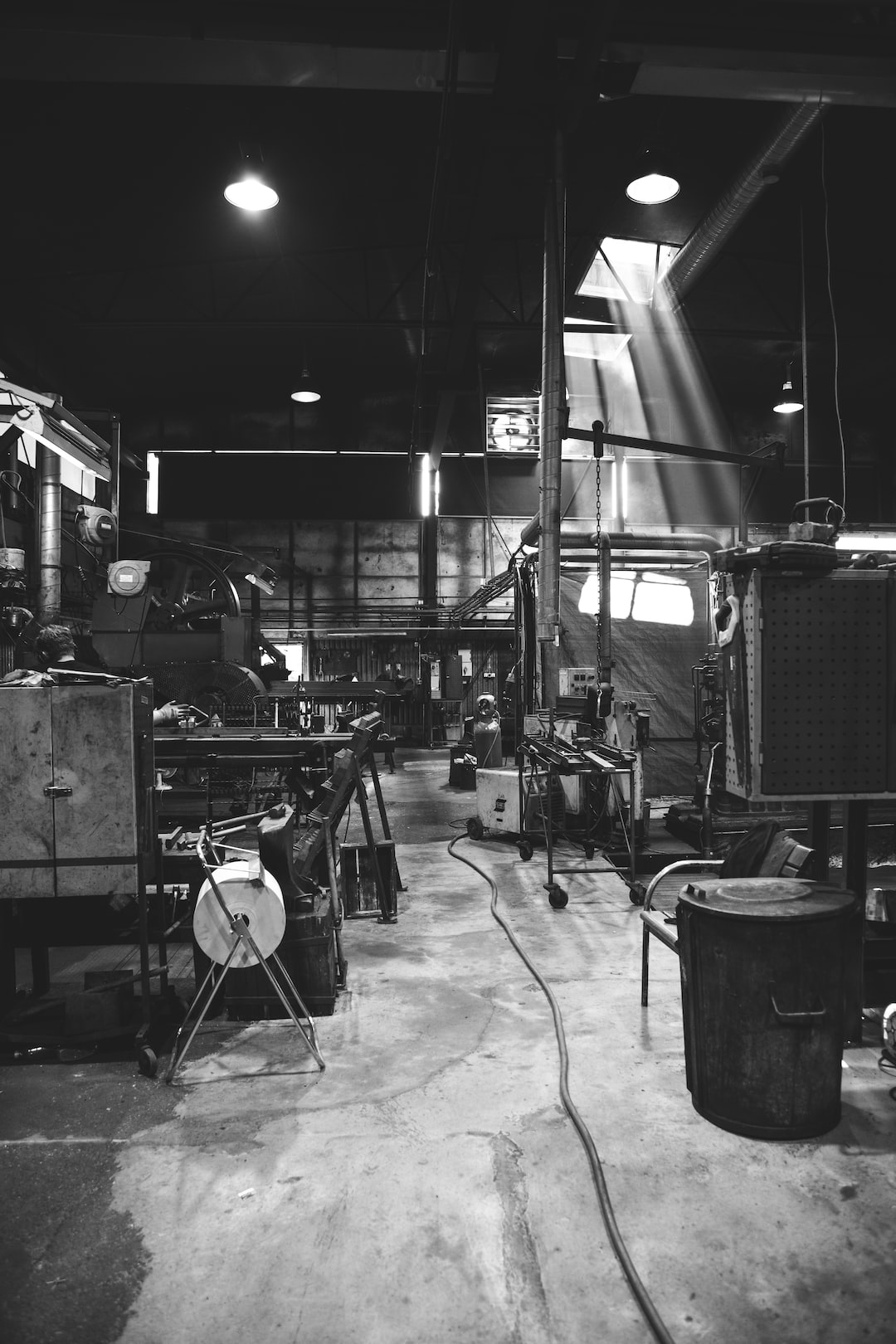In the world of manufacturing, the production layout plays a crucial role in determining the efficiency and productivity of a factory. Different layouts have been developed and implemented over the years, each with its own set of advantages and disadvantages. In this blog post, we will explore two widely used production layouts – the assembly line and cellular manufacturing.
The assembly line layout is perhaps the most well-known and traditional layout used in manufacturing. It involves a linear sequence of workstations, with each workstation dedicated to a specific task. This type of layout is commonly used in mass production settings, where large quantities of a single product are produced.
One of the main advantages of the assembly line layout is its high productivity. By breaking down the production process into small, repetitive tasks, workers can become specialized in their tasks, leading to greater efficiency and output. Additionally, the assembly line layout allows for easier quality control and the implementation of standardized processes.
However, the assembly line layout is not without its drawbacks. Its rigid structure often leads to limited flexibility in accommodating changes or variations in products. It also requires a significant upfront investment in equipment and infrastructure. Moreover, the assembly line layout can be monotonous and demotivating for workers, leading to decreased job satisfaction and increased turnover.
On the other hand, cellular manufacturing offers a more flexible and efficient alternative to the assembly line layout. Cellular manufacturing involves grouping similar machines or workstations into self-contained units called cells. Each cell is responsible for producing a complete product or a family of similar products.
One of the key advantages of cellular manufacturing is its ability to accommodate product variety. By organizing workstations into cells, manufacturers can easily adapt to changes in demand or product specifications. This layout promotes teamwork and collaboration, as workers within a cell can easily communicate and resolve issues together.
Furthermore, cellular manufacturing reduces lead times and improves overall quality. Since each cell is responsible for producing a complete product, there is a greater sense of ownership and accountability. Quality control becomes easier, as workers can quickly identify and rectify any defects within the cell.
However, cellular manufacturing does require careful planning and organization. The grouping of workstations into cells must be done strategically, considering factors such as product compatibility, process flow, and worker skillsets. Additionally, the initial setup costs can be higher compared to traditional layouts, as new cells may need to be created.
In conclusion, selecting the right production layout is crucial for ensuring efficiency and productivity in manufacturing. While the assembly line layout offers high productivity for mass production, cellular manufacturing provides greater flexibility and adaptability. Manufacturers must analyze their specific needs and constraints to determine the most suitable production layout for their operation.

